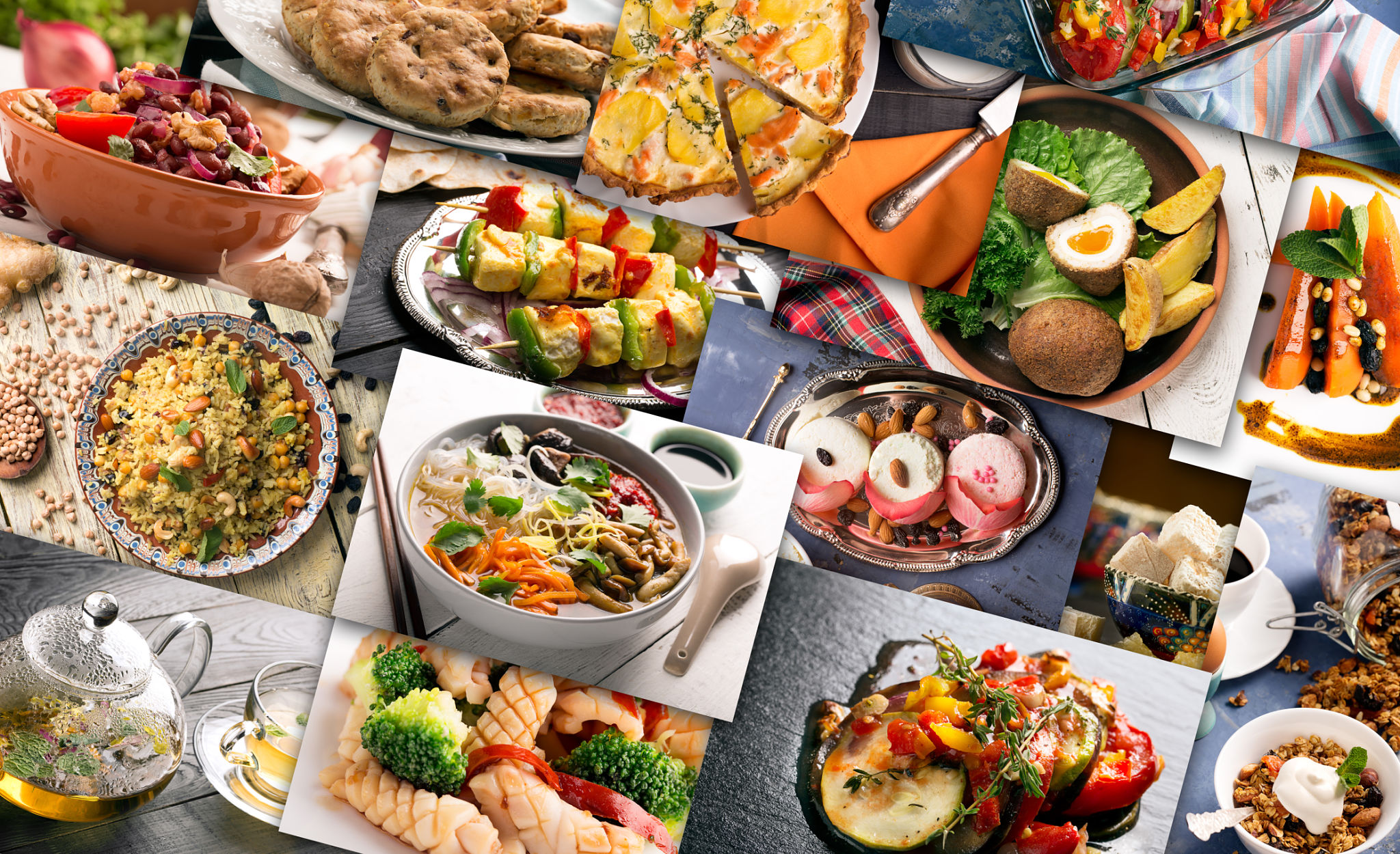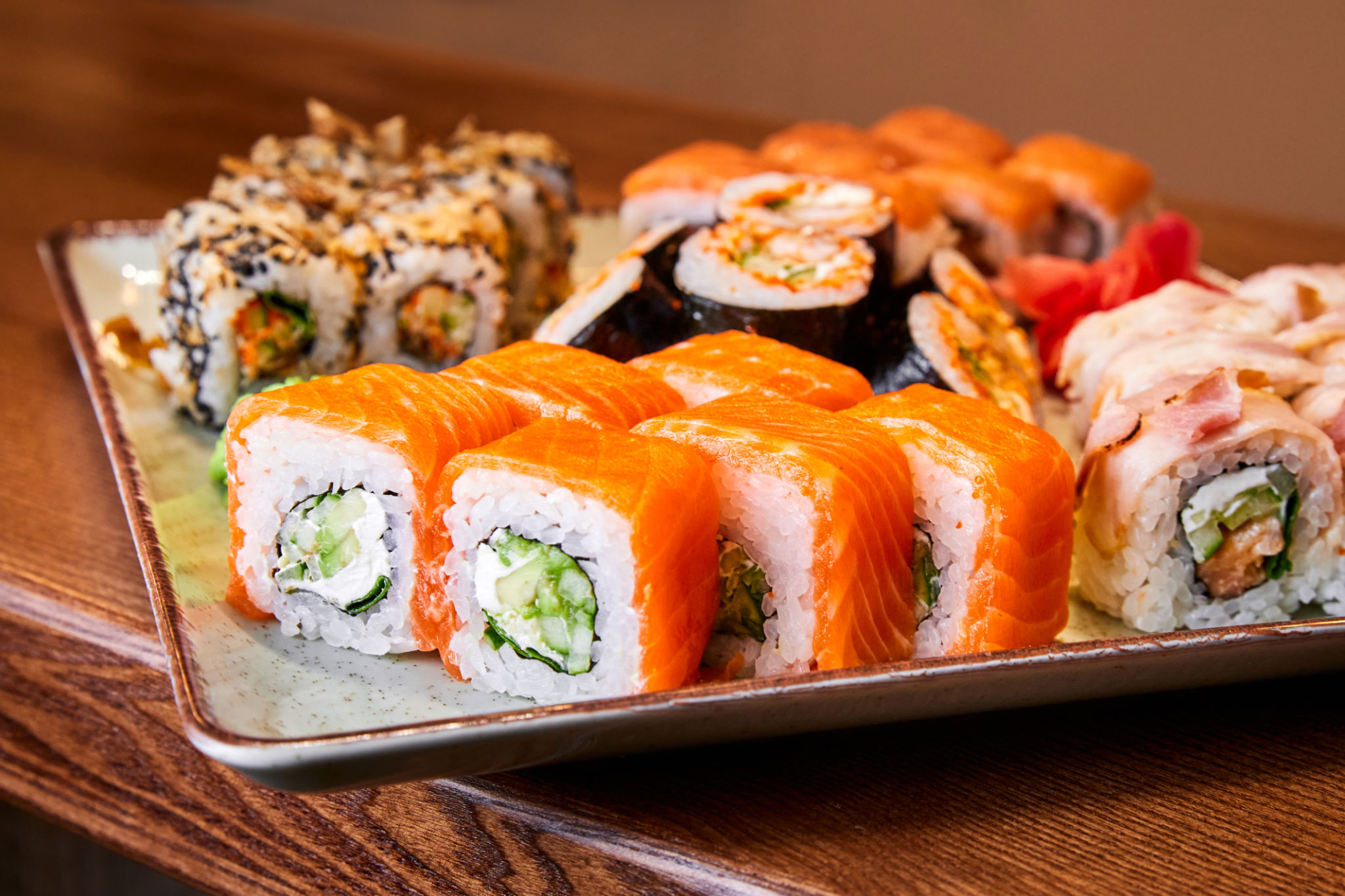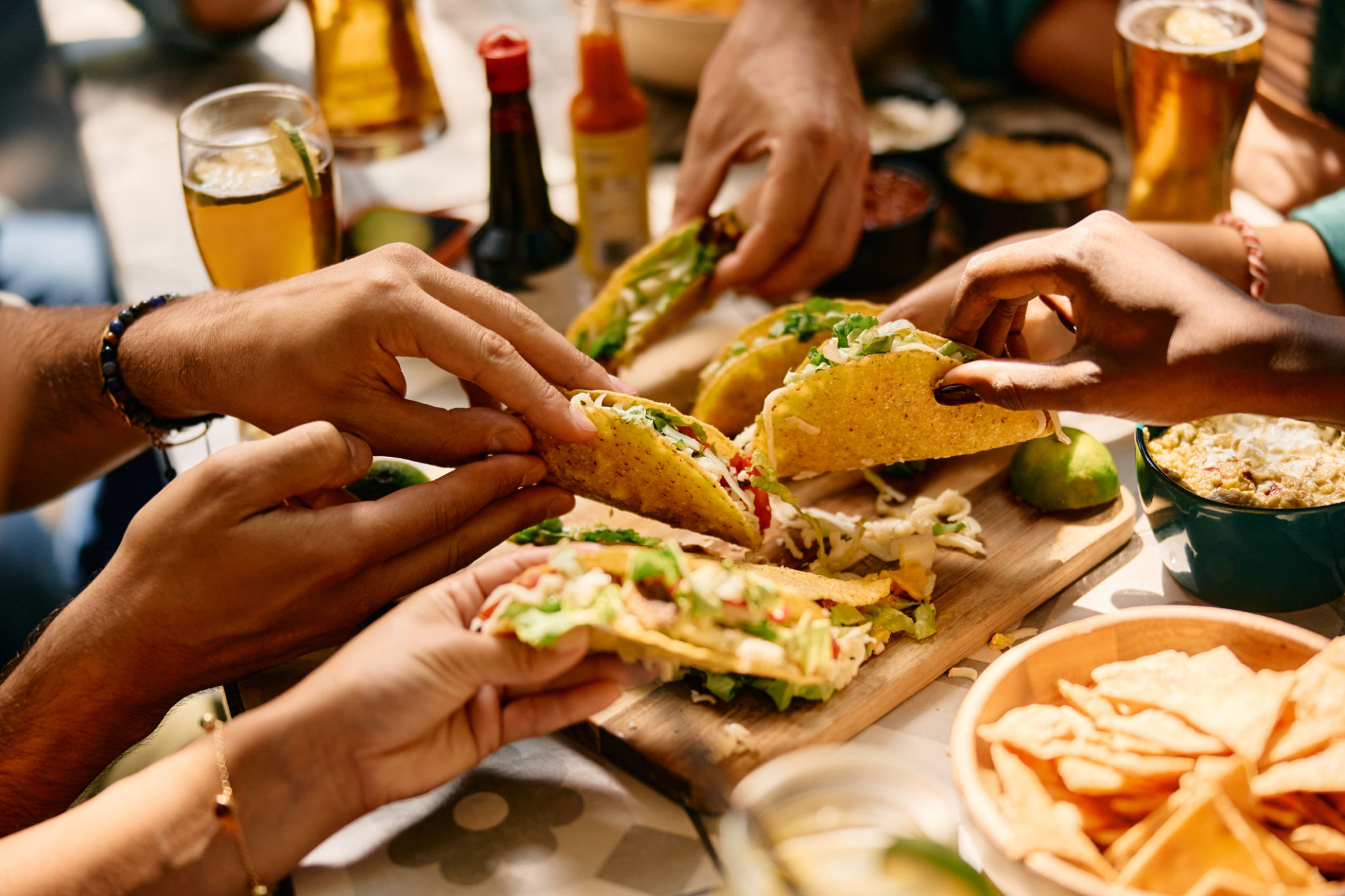Myth-Busting: Common Misconceptions About Global Cuisine
Introduction to Global Cuisine Misconceptions
Global cuisine offers a rich tapestry of flavors, techniques, and traditions. However, with its growing popularity, several myths have surfaced, often coloring our perception of these diverse culinary traditions. Understanding these misconceptions not only enhances our appreciation for global dishes but also encourages a more open-minded approach to food.

Misconception: Spicy Means Better
A common stereotype is that all international dishes are overwhelmingly spicy. While some cuisines, like Indian or Thai, incorporate spices for flavor, not all dishes are designed to burn your palate. In fact, many traditional recipes focus on balance and harmony in flavor rather than heat intensity.
Spices are often used to enhance and complement the natural flavors of ingredients. For instance, Italian cuisine uses herbs like basil and oregano to elevate dishes without overwhelming the taste buds. Similarly, Middle Eastern dishes might use a mix of aromatic spices that provide depth rather than heat.

Misconception: Sushi Is Just Raw Fish
When people think of sushi, they often assume it's simply raw fish. However, sushi is an art form that encompasses a variety of ingredients and styles. The term "sushi" actually refers to the vinegared rice that can be paired with other components, including vegetables, cooked seafood, or even egg.
Traditional sushi comes in multiple forms such as nigiri, maki, and sashimi. Each has unique characteristics and flavor profiles that extend far beyond raw fish. Exploring these variations can offer a more complete understanding of Japanese cuisine.

Misconception: Pasta Is Always Italian
While pasta is synonymous with Italian cuisine, its origins trace back to ancient civilizations. Many believe pasta was brought to Italy from China by Marco Polo in the 13th century. This connection highlights how culinary practices have long been influenced by cultural exchanges.
Moreover, pasta dishes vary greatly even within Italy itself, showcasing regional diversity. For example, northern regions might favor rich, creamy sauces, while southern areas often use olive oil and tomatoes as key ingredients.
Misconception: All Mexican Food Is Heavy
Mexican cuisine is often perceived as being heavy and cheese-laden. However, authentic Mexican food is incredibly diverse and offers a wide range of lighter options. Traditional dishes like ceviche, a refreshing seafood salad marinated in lime juice, demonstrate the vibrancy and healthfulness of Mexican culinary traditions.

The Importance of Understanding Global Cuisine
By debunking these myths, we gain a deeper appreciation for the intricate nuances of global cuisine. This understanding fosters a greater respect for cultural traditions and encourages culinary exploration beyond familiar boundaries.
As we become more adventurous in our dining choices, we open ourselves up to new experiences and tastes. This not only enriches our palate but also broadens our cultural horizons.
Conclusion: Embrace Culinary Diversity
In conclusion, global cuisine is a rich and varied field that deserves exploration beyond common misconceptions. By challenging these myths, we can enjoy a more authentic and diverse culinary experience. Embrace the opportunity to try new dishes and appreciate the cultural stories they tell.

